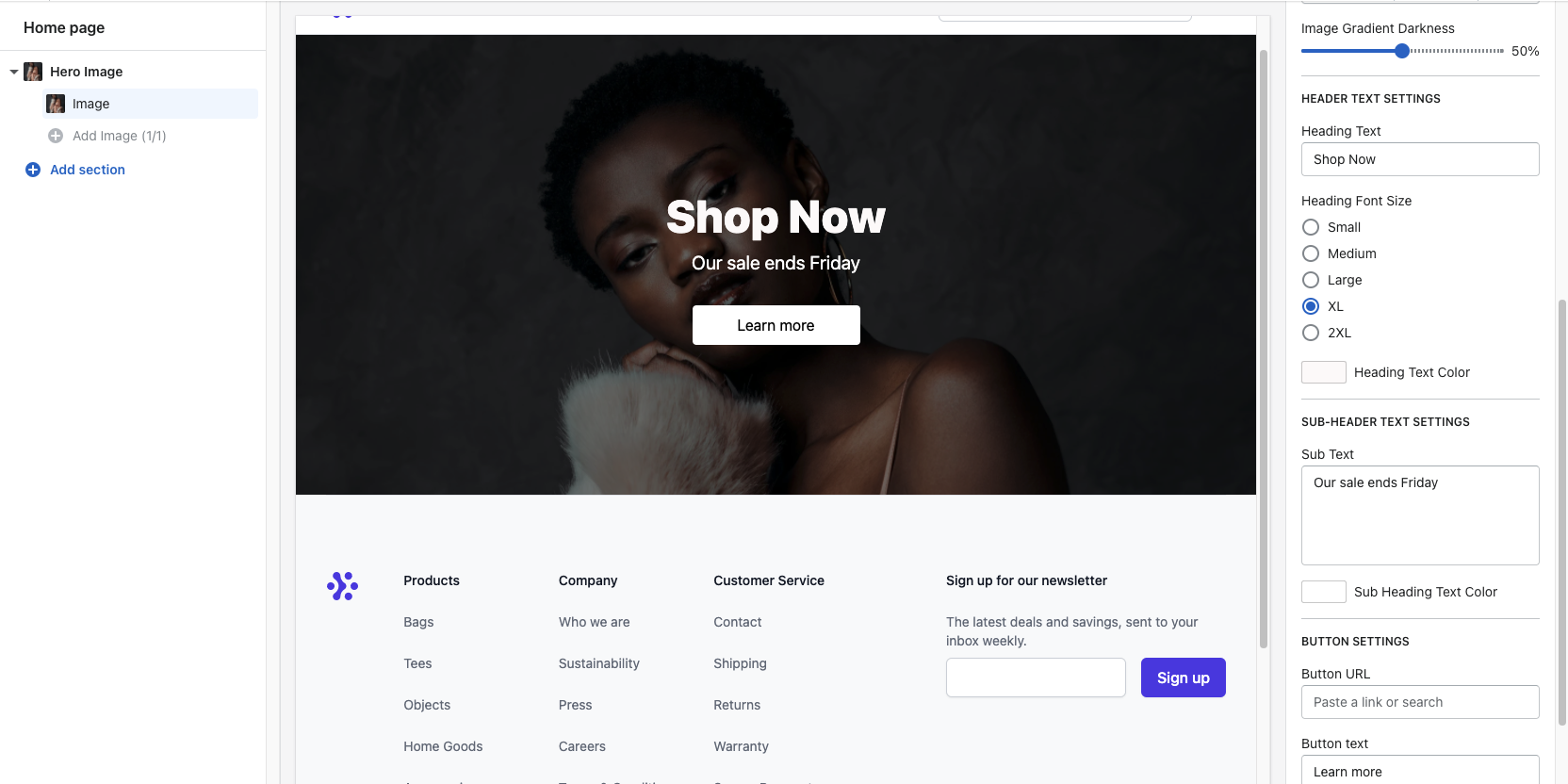Last Updated: 5/24/2021
After you’ve researched the best affiliate platforms and chose one that’s well suited for your brand, it’s time to focus on connecting with affiliates, building relationships and growing sales. Here’s how.
Vetting Affiliate Applications
Once you’ve signed up for an affiliate platform and set your program live, you should begin getting applications right away. From an affiliate’s profile, you should be able to garner all the basic information you need: Contact email, location, their website(s), and social channels. Visit their links to get an understanding of how they will promote your products/services and if they have a website you’ve never heard of, use a free service like SimilarWeb to check their traffic and domain authority.
A quick framework for evaluating affiliate applications fast and efficiently:
Is the affiliate aligned with my brand? Does the affiliate’s content match your brand’s voice and values?
What’s the domain authority and monthly traffic? Does the affiliate have a domain authority and monthly traffic volume that’s about equal to or higher than your website?
Do you trust the affiliate to abide by your program terms? Many affiliates generate traffic and sales through their links using paid ads. If your program has rules against bidding on branded keywords, you should make sure any affiliate you approve can be trusted to follow the rules. If you’re unsure, reach out to establish communication, ask how they promote their affiliate links, and reaffirm your program terms. As a general rule, if an affiliate website with low traffic and low domain score is registering a disproportionately high number of clicks and sales, you can be fairly confident they are running ads on your branded keywords.
Affiliate Categories
Generally, affiliates on all major affiliate networks fall into one or multiple of these categories:
Mass Media
Examples: Meredith Corp, Conde Nast, Buzzfeed, Apartment Therapy, CNET, etc.
Pros: Mass media and traditional news publications can be some of the most valuable affiliate partners as they have consistent, high volume traffic, high domain authority and a lot of influence. If your product/service is featured in an article on a mass media website, you can safely assume you will see a nice traffic and sales spike when the piece is published and will likely have a small but steady stream of clicks from that article for months to come.
Cons: Writers at mass media outlets will almost always want to try your product/service themselves before they write about it, and most of the time that means you will need to send them complimentary products/samples. Expect to incur shipping costs as well if you have a physical product. You should also not expect to have too much control over your review (read on to learn about the importance of a Media Kit and Reviewer Guide!). The article could include something about your product/brand that you may not like or could recommend another competitor product over yours.
Review Sites
Examples: Engadget.com, Sleepopolis.com, ModernCastle.com, Sleepgadgets.io, etc.
Pros: Depending on what category your product/service is in, established product review sites can be just as or even more valuable than traditional media sites. A well-established review site can send a steady stream of traffic to your store, but more importantly, it sends traffic that’s further down the sales funnel and tends to convert better. And unlike mass media, many review sites rely solely on affiliate income for revenue. As such, you may have more control and negotiating power in this category vs. mass media.
Cons: You will need to have complimentary products and budget for shipping costs set aside to work with these sites. Also, be sure to do your due diligence and make sure any review site you’re working with is not owned by a competitor in your niche.
Bloggers and Influencers
Examples include: Mommy bloggers, YouTube reviewers, Instagram influencers
Pros: Almost 90% of brands find influencer marketing to have better ROI than other channels. Establishing a good relationship with a core group of influencers can be lucrative and mutually beneficial from the get-go.
Cons: Many top social media stars nowadays want to be paid a hefty fee in addition to (or instead of) commissions earned through their affiliate link. For small businesses just starting out, these product placement fees are not affordable. Also, the influencer space has become very crowded. If you’re in a niche like fashion or beauty where influencers are crucial to your marketing mix, it’s helpful to establish basic minimum thresholds for metrics like followership, engagement and reach. What are your minimum numbers for each? Make sure you know exactly what you’re going to get in return for sending out free product. What are your requirements for content sharing?
Coupon Sites
Examples include RetailMeNot, BradsDeals.com, Honey, Ebates, etc.
Pros: If you’re a new brand, high traffic coupon sites can be additive. Having a deal or special promotion featured is an excellent way to get a lot of exposure for your brand fast.
Cons: As your website’s traffic volume increases and your acquisition sources expand, affiliate partnerships with coupon sites eventually stop being additive. Visitors to your site with strong purchase intent will look at coupon sites for a last minute promocode before they check out, but they were going to purchase anyway. For established sought-after brands, it’s better to have the best deal for new customers on your website and not floating around on a coupon site.
Recruiting and Pitching Strategies
In addition to incoming affiliate applications, you can quickly grow your affiliate marketing program by proactively recruiting affiliates through outreach in a number of ways.
Write a good pitch message. A good affiliate pitch message is brief but thorough, and provides the affiliate with links to your website, social channels, and a Media Kit with content they can use.
Start by introducing yourself and your product.
Then, answer the question “Why would this affiliate’s audience benefit from knowing about my product/service?” and list out the reasons via brief bullet points. These bullet points may change depending on what type of affiliate you’re pitching.
Conclude the email with commission/payment info and provide the affiliate with a link to your Media Kit that includes your logo, images, videos, links to all of your digital channels and any brand/product informational materials.
In-platform recruitment tools. First, take advantage of your affiliate platform’s recruitment tools. Networks like CJ Affiliate and ShareASale offer user-friendly tools that let you search and filter groups of affiliates for efficient mass outreach in different niches. Paste your pitch message into the tool and reach tens or hundreds of affiliates or more at once. Read more about CJ Affiliate’s recruitment tool here.
Emailing. Found a website or influencer that you’re interested in but they’re not on your affiliate network? Don’t be afraid to pitch them via email and use your in-platform pitch message as a template.
Bonuses and commission customizations. Take advantage of your affiliate platform’s customization options for commissions and bonuses and get creative. Incentivize your affiliates to hit certain sales targets with attractive bonuses, commission increases and limited time promotions.
How to setup an affiliate program
If you need help getting setup on CJ Affiliate check out article How To Launch An Affiliate Program on CJ Affiliate.



